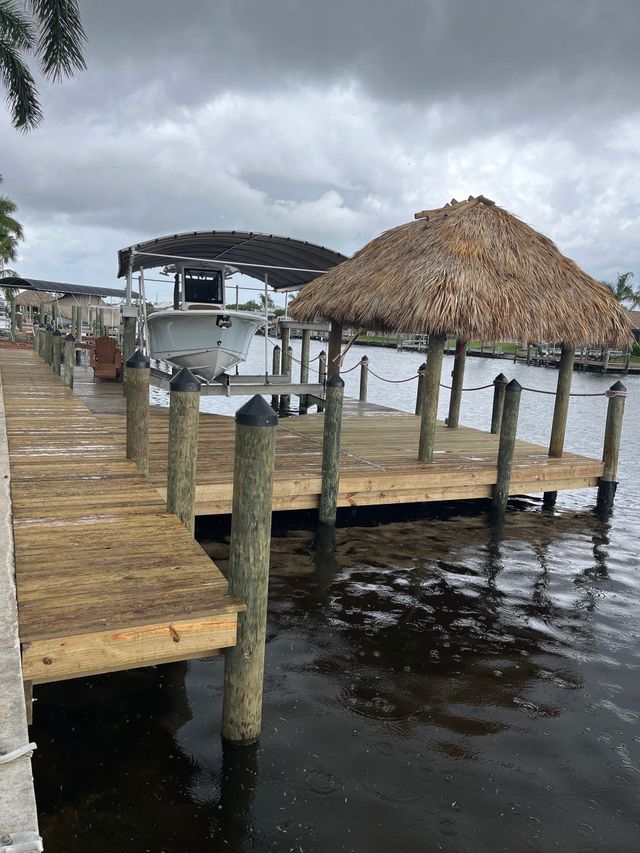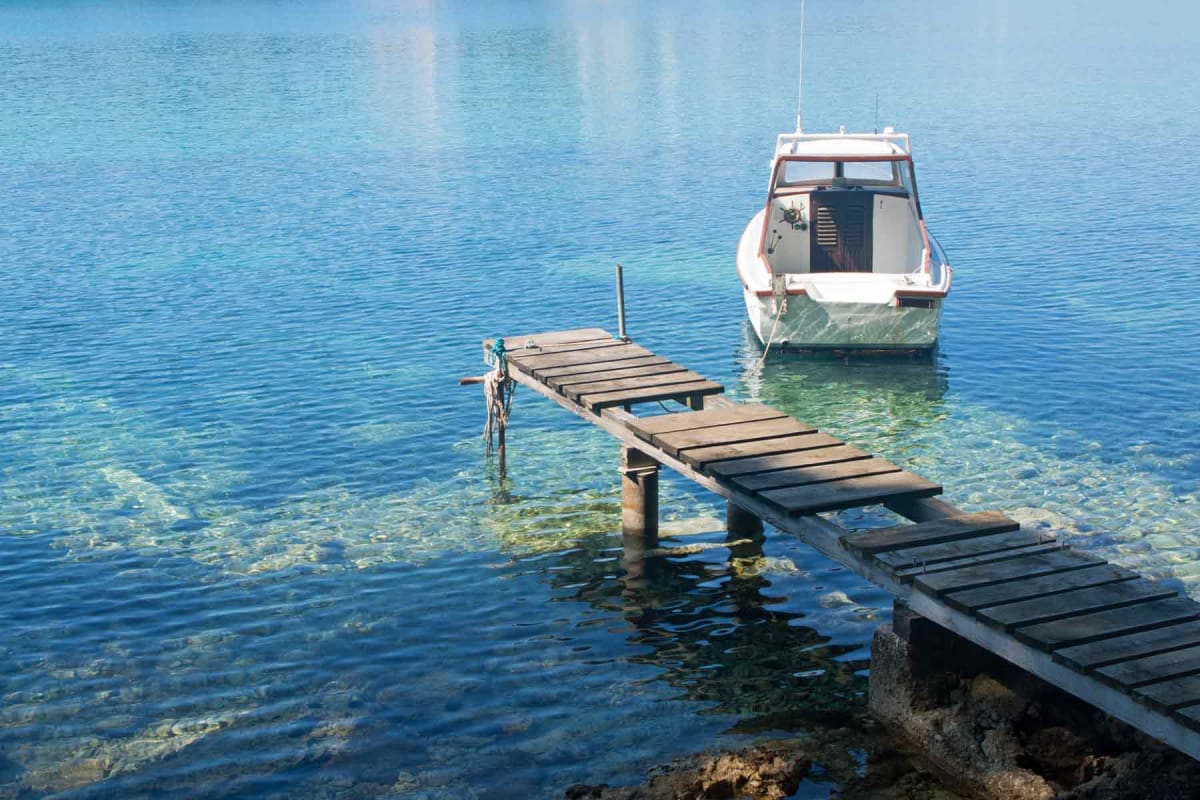Typical Problems That Result In Costly Dock Repairs
Typical Problems That Result In Costly Dock Repairs
Blog Article
Efficient Dock Fixing Techniques: Making Certain Architectural Honesty
Ensuring the architectural stability of anchors through efficient repair work techniques is critical for the durability and security of aquatic facilities. This entails a multi-faceted strategy beginning with extensive assessments utilizing innovative technologies like finder equipment and from another location ran automobiles (ROVs) to detect both noticeable and concealed damages. Subsequently, choosing the best repair materials, such as composite materials and corrosion-resistant alloys, is important for resilience. Structural reinforcement approaches, consisting of the execution of cross-bracing systems and load-distribution plates, play an important duty in mitigating stress and anxiety points. The value of these techniques becomes evident when discovering advanced repair service approaches and preventative upkeep strategies.
Assessing Dock Damages
Examining dock damages is an important primary step in ensuring the architectural integrity and safety of any docking facility. This preliminary assessment entails a detailed assessment to identify both concealed and noticeable problems. Key facets to analyze include the dock's structure, pilings, decking, and hardware. Each part has to be inspected for indications of wear, rot, corrosion, or various other forms of degradation that could compromise the architectural stability.
Architectural engineers or certified examiners normally do these analyses using specialized techniques and devices. Underwater assessments might utilize finder devices or from another location operated automobiles (ROVs) to discover submerged damages. Over water, aesthetic examinations are enhanced by utilizing dampness meters and other analysis devices to reveal underlying concerns not immediately noticeable to the nude eye.

Choosing Repair Materials
Selecting the proper repair service materials is an essential action in the dock remediation procedure, one that directly influences the durability and efficiency of the repaired framework. Material choice have to be driven by aspects such as ecological conditions, load-bearing requirements, and compatibility with existing dock components.
Along with timber, composite products are increasingly popular as a result of their toughness and reduced maintenance needs. Composites, typically made from a blend of plastic and wood fibers, offer exceptional resistance to rot, pests, and UV damage. For metal docks, picking corrosion-resistant alloys such as galvanized steel or marine-grade light weight aluminum is necessary to stop corrosion and guarantee architectural integrity in saline water conditions.
Epoxy materials and marine-grade sealers are crucial for repairing cracks and sealing joints, offering a water-proof barrier and enhancing the dock's overall stamina. By meticulously choosing premium materials, dock repair services can achieve resilient outcomes, thereby securing against future destruction and ensuring risk-free, trustworthy usage.
Structural Support Strategies
Efficient structural support strategies are important in making sure the security and durability of dock fixings. One essential method involves using steel or composite support bars (rebar) within concrete frameworks. Rebar supplies extra tensile stamina, preventing splits and distributing tons much more equally. This approach is particularly reliable for anchors subjected to hefty tons or severe environmental conditions.
An additional crucial technique is the application of fiber-reinforced polymers (FRP) These products use high strength-to-weight proportions and superb resistance to deterioration, making them perfect for enhancing wood or concrete docks. FRP can be used in sheets or strips and bound with epoxy materials to boost structural stability.
Bracing and securing systems additionally play a critical role in structural reinforcement. Cross-bracing, making use of metal or wooden beams, can counteract side forces, reducing persuading and movement. Anchoring systems, such as helical piers or driven piles, provide a steady foundation by moving lots to much deeper, extra steady soil layers.
Lastly, the assimilation of load-distribution plates can aid distribute weight much more evenly across the dock's surface, reducing local stress points. These methods collectively guarantee that anchors stay durable and risk-free, efficient in standing up to the roughness of their functional atmosphere.
Advanced Fixing Approaches

One more advanced strategy involves undersea welding, which enables for repair services to be conducted without the requirement to dewater the area. This approach is especially helpful for addressing structural concerns in immersed dock elements, making certain marginal disruption to procedures. Enhanced welding strategies, combined with robotic systems, provide precision and dependability, thus expanding the lifespan of the dock.
Furthermore, cathodic defense systems are carried out to avoid deterioration in metallic dock frameworks. By utilizing sacrificial anodes or pleased current systems, these techniques successfully mitigate the electrochemical procedures that cause material damage.
Finally, progressed surveillance innovations, such as architectural health surveillance (SHM) systems, provide real-time information on the condition of dock frameworks. These systems make it possible for aggressive maintenance and prompt treatments, inevitably making certain the long-term architectural integrity of the dock.
Upkeep and Prevention
Maintenance and avoidance are fundamental ideas that underpin the long life and security of dock frameworks. Regular examinations are critical, enabling early detection of deterioration, prospective weaknesses, and environmental influences. A proactive approach, including routine checks for deterioration, rot, and architectural changes, minimizes pricey repair services and prolongs the dock's functional life.
Precautionary procedures should include using protective finishings to steel elements to secure versus corrosion and using cured timber to stand up to degeneration. In addition, guaranteeing proper water drainage and ventilation can prevent water buildup, which is a common root cause of architectural degradation. Including top quality products and sticking to manufacturer standards throughout building and construction and fixing stages likewise play critical roles in improving longevity.

Training personnel in dock maintenance ideal methods makes certain consistent application of safety nets. Leveraging technical developments, such as drones for inspections and sensing units for real-time surveillance, can additionally improve upkeep efforts. By focusing on maintenance and avoidance, dock proprietors can make sure structural integrity, operational security, and affordable administration over the dock's lifespan.
Verdict
To conclude, maintaining the architectural stability of marine centers necessitates comprehensive dock repair methods. Thorough evaluations making use of sophisticated devices discover both noticeable and concealed damages, while the choice of proper repair products improves longevity. Executing architectural support methods addresses tension factors effectively. Advanced fixing strategies, coupled with routine upkeep practices, make certain the dock stays safe and functional under diverse ecological problems. Taking on these approaches significantly lengthens the lifespan and performance of marine framework.
Guaranteeing the structural honesty of anchors with reliable fixing strategies is vital for the long life and security of marine facilities.Picking the appropriate fixing products is an essential step in the dock over at this website reconstruction process, one that directly influences the long life and performance of the repaired framework.Efficient structural support methods are important in making sure the security and long life of dock repair work. By prioritizing upkeep and prevention, dock owners can guarantee architectural integrity, operational safety, and economical management over original site the dock's lifespan.
In conclusion, preserving the architectural honesty of marine facilities demands extensive dock repair work strategies.
Report this page